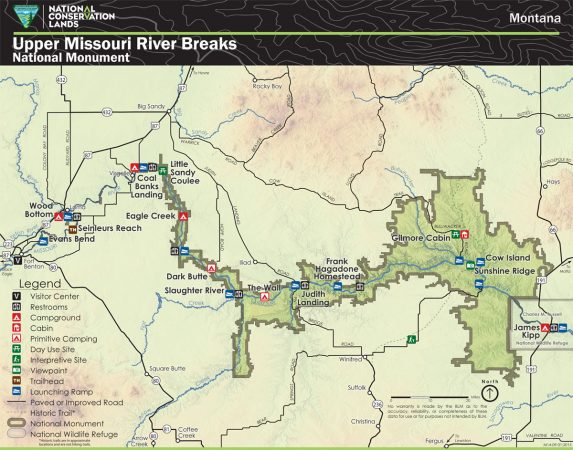
August 24 – September 3, 2020.
When we first got to Montana in July I immediately started looking for places to visit and things to do in “Big Sky Country.” I opened up Google Maps and found a big green blob in the upper middle of the state called the Upper Missouri River Breaks National Monument (UMRBNM). It sounded promising. Managed by the Bureau of Land Management, it was rich with geologic wonders, history, and the Missouri River ran right through the middle of it. I didn’t find much info on camping in the Breaks but marked it on my map and decided to do some research later.
What I found was that although there is lots of camping in the UMRBNM it was mostly only accessible from a boat. The monument is mainly geared to people doing float trips in canoes or kayaks. Never-the-less I was enamored with the idea of camping on the river and decided I wanted to experience whatever we could of the monument by driving.
And here is our trip…
Fort Benton
Our first stop on this journey was at the BLM’s UMRBNM Interpretive Center in Fort Benton. The Center has a nice little museum and a very helpful staff. I told the ranger on duty that we wanted to drive the Breaks. He took us into a room with a huge map of the monument that spanned the length of one wall. This map showed the entire river, all the campsites, roads, and pictures of what one might see along the way. The most interesting parts of the monument with some of the prettiest views and coolest places to hike to were inaccessible to us by driving but we did end up with 5 camping spots we could navigate to out of the dozens of camping areas along the river’s 149 miles.
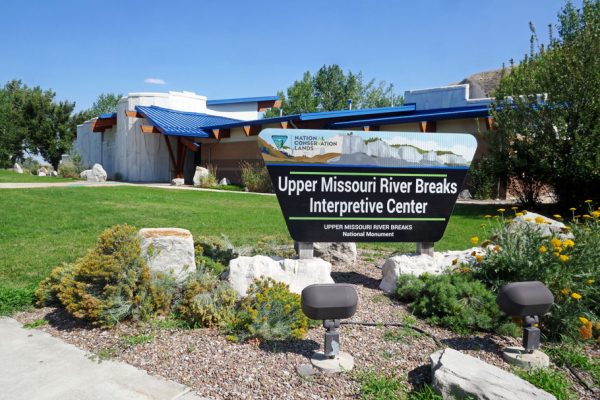
Fort Benton is a lovely little river town with some great history. There are a few museums there we didn’t visit, but we did a river walk with signs detailing significant sites in the town.
Here is the old Fort Benton Bridge. When railroads started replacing steamboats Fort Benton needed to find a new way to continue its importance as a trade center. This bridge was built in 1988 across the Missouri River to facilitate trading from the quickly developing Judith Basin. It originally costs pedestrians 5¢ and a horse and buggy 25¢ to cross. Each head of cattle was charge 12.5¢.
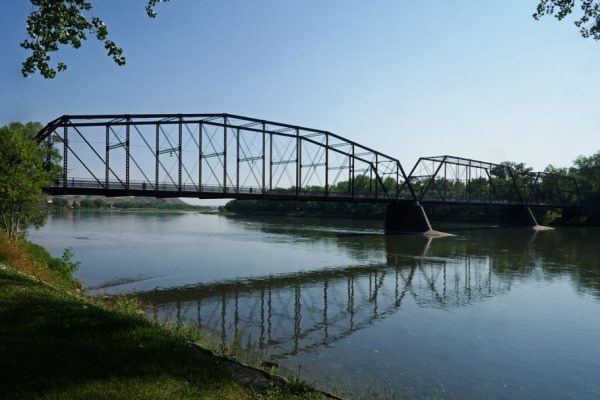
Shep, who is buried on a bluff overlooking the town, is also honored on the river walk. In 1936 Shep watched the casket of his beloved owner, a sheepherder, loaded onto a train car heading east from Fort Benton. Shep kept vigil at the station for the next 6 years waiting for the sheepherder’s return, until one day he slipped on the tracks before an oncoming train.
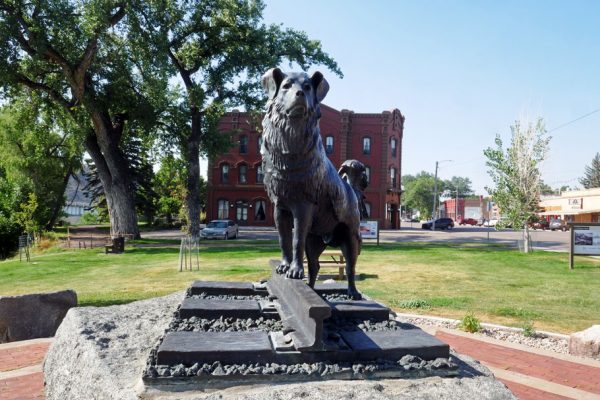
Wood Bottom Campground
Our first campsite, Wood Bottom, was a short drive from Fort Benton. This semi-developed site (it has a pit toilet) has four marked sites and a boat landing. There are also a few dispersed campsites down the road from this spot. There were just one other rig and a quartet of canoeists camping during our stay.
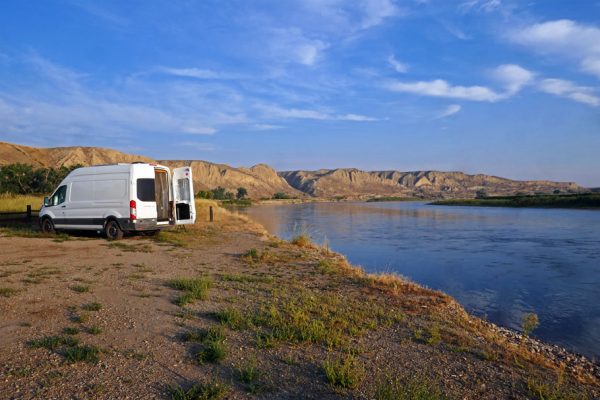
Just down the road from the Wood Bottom campsite is Decision Point where Lewis and Clark came upon a fork in the river and had to decide which way to continue. You may remember Decision Point from our last post about the Corps of Discovery.
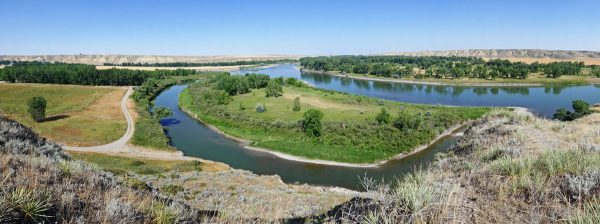
Coal Banks Landing
Leaving Wood Bottom we drove out of the monument and through miles and miles of farmland on to our next stop, Coal Banks Landing Campground.
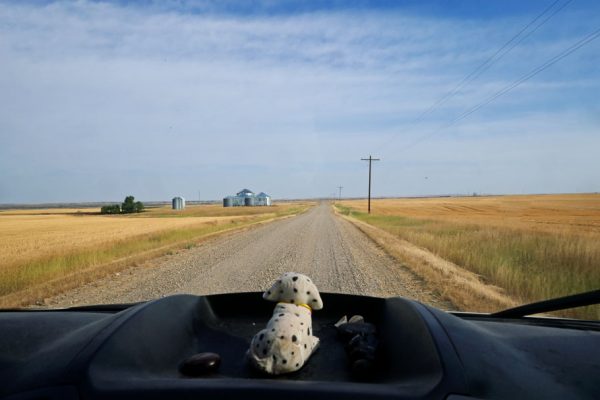
In order to get to Coal Banks, we had to cross the river on the Virgelle Ferry.
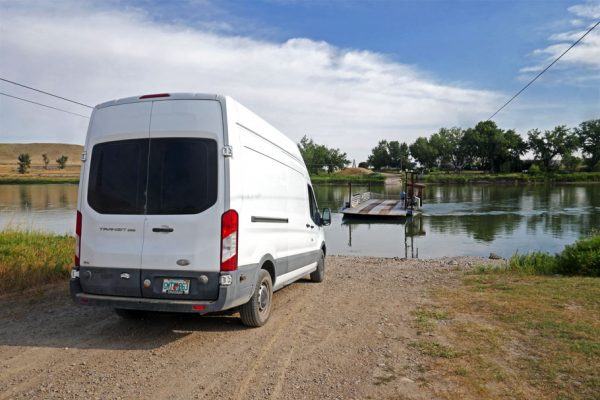
This is how we called the ferry operator. On the white box, it says, “For Ferry Service Flip Switch Both Ways,” and includes phone numbers to call if the switch flipping doesn’ work.
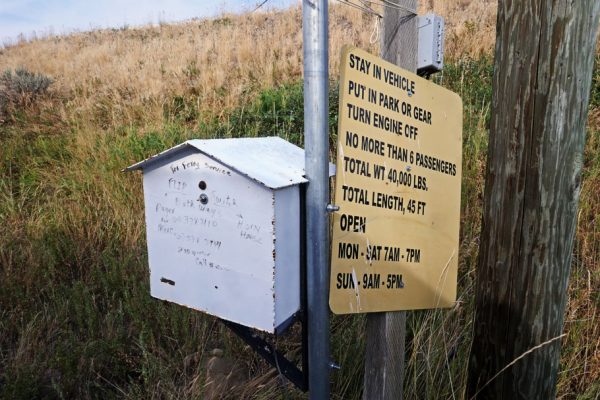
After disembarking from the ferry we passed through the very small town of Virgelle.
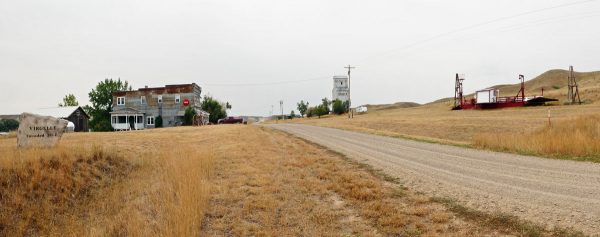
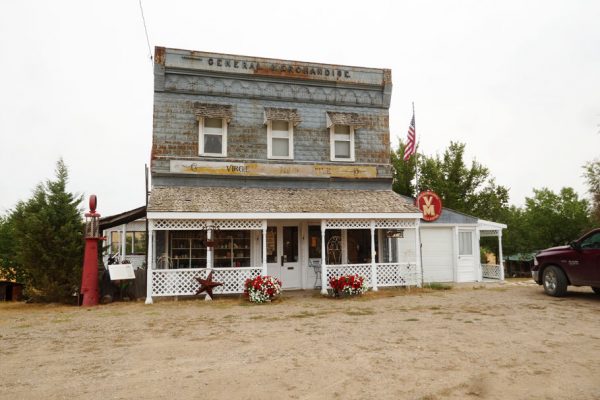
The Coal Banks Landing Campground costs $10. Amenities included pit toilets, recycling, potable water, wifi, a visitor center, and super nice camp hosts.

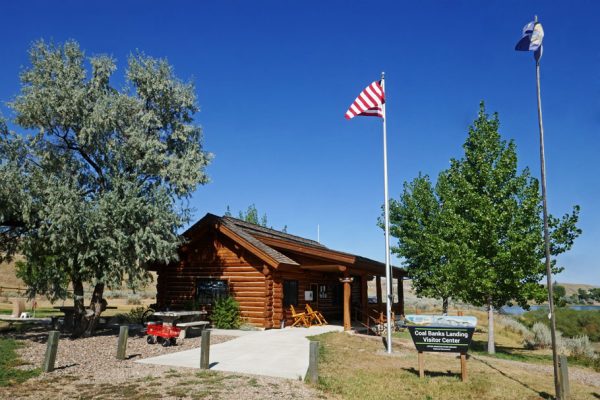
Coal Banks was a great place for birding. We saw
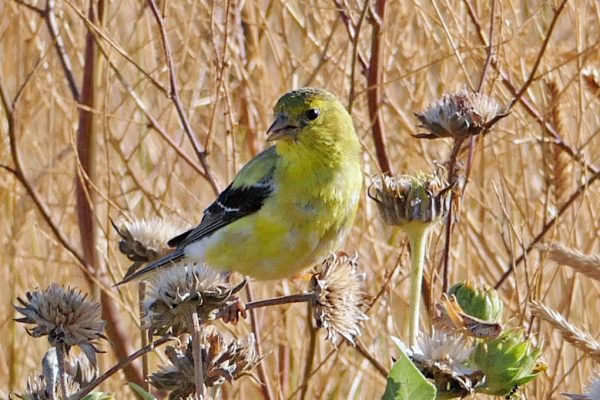
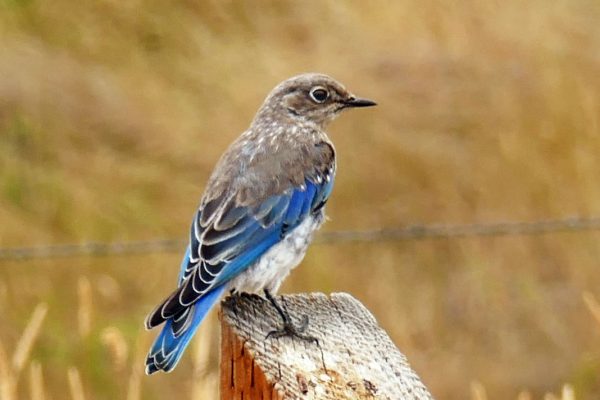
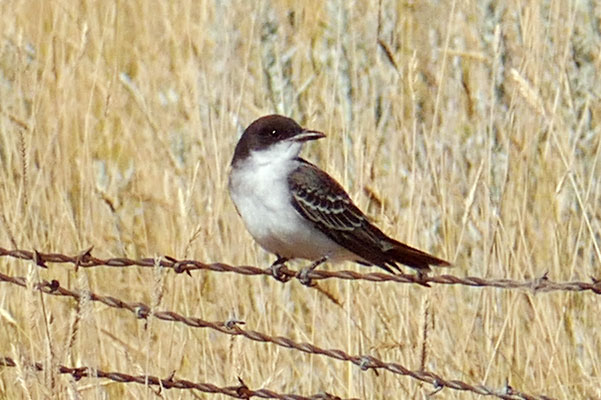
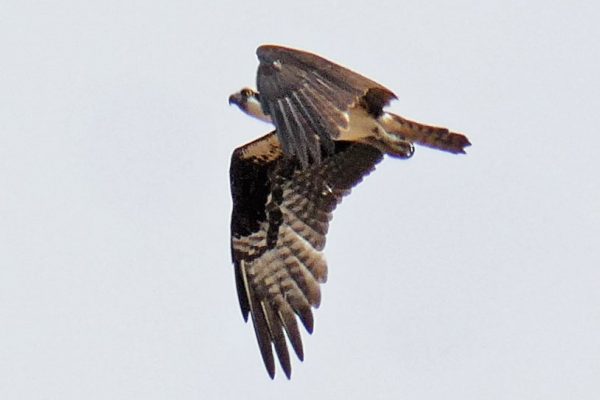
We spent two days at Coal Banks. The campground is the only part of the monument here. There weren’t any trails so we hiked along the road. We could see rock formations lining the river but we couldn’t explore since it was all on private ranchland.
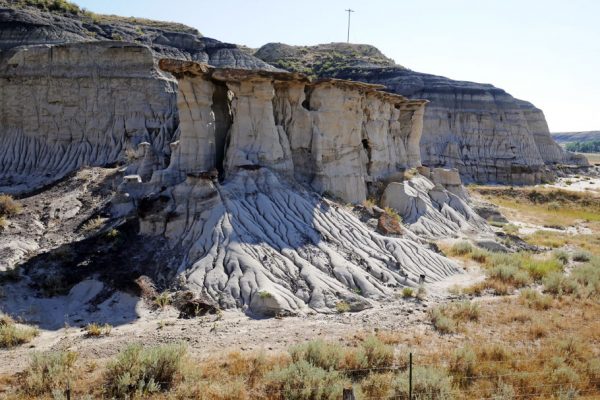
Further up the road was some state land, so we took a detour across a field and saw these Pronghorns.
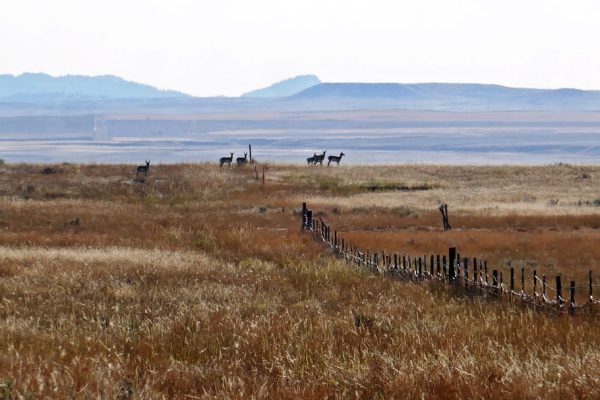
Judith Landing
We had to drive a good bit out of the monument, north up to a town called Big Sandy, and then south again to get to our next camping spot at Judith Landing. This campground costs $5. It has picnic tables, fire rings, and a pit toilet.
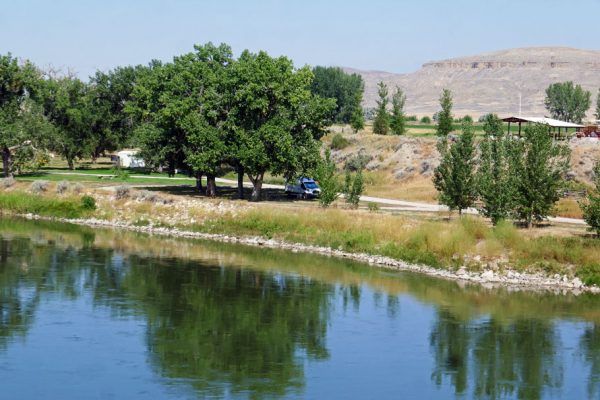
We saw these canoeists put in at the boat ramp. They told us they were just on a day trip. We were intrigued thinking maybe we could do a little kayaking on the river but were worried the current would be too strong going upstream. We watched them struggling to paddle upriver for a little while. They soon turned around and we decided perhaps the river was best experienced in only one direction.
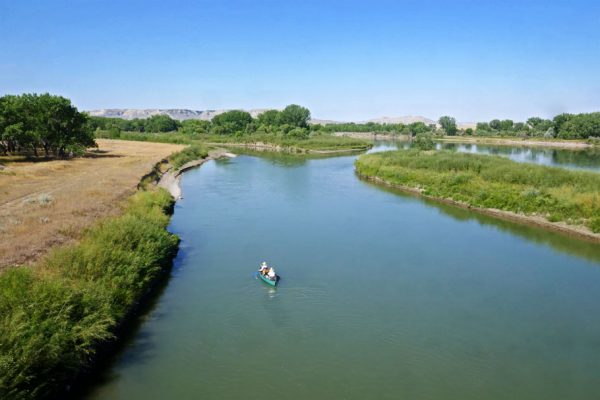
Judith Landing was my least favorite stop. There is plenty of history here but it wasn’t very scenic. There is a small disused trail with signs commemorating the bicentennial of the Corps of Discovery Expedition but they were all faded.
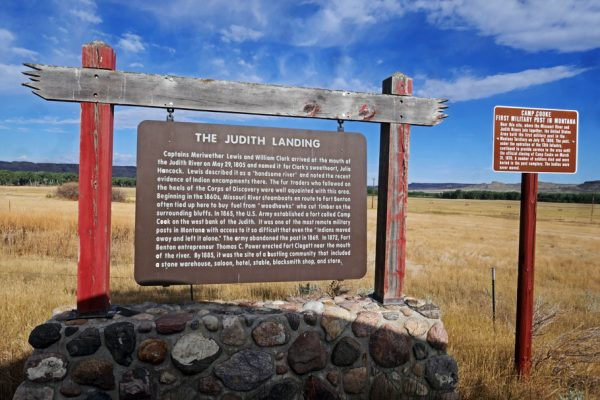
Winifred
In order to get to all the other campsites after Judith Landing, we had to drive to or near Winifred first. Winifred is a small town in the middle of nowhere surrounded on all sides by large tracks of farmland and public land. From Judith Landing, this was the only place to get gas without driving all the way back to Big Sandy. We spent an hour or so parked outside this bar using their free wifi.
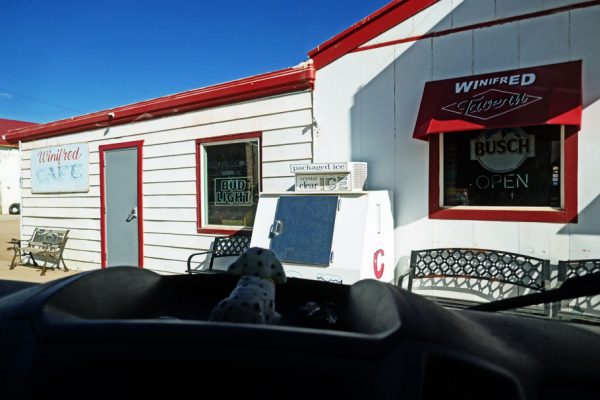
Stafford-McClelland Ferry Camp
The landscape dramatically changed driving to our next stop on the river at the Stafford-McClelland Ferry Camping area.
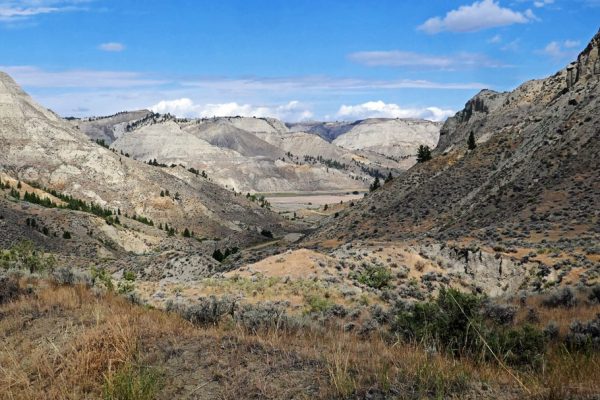
Here we had to cross the river on another Ferry. We drove onto the platform and struck up a conversation with the operator who was in no hurry to get us to the other side. After about 20 minutes or so a few other vehicles showed up and he fired up the boat and took us across.
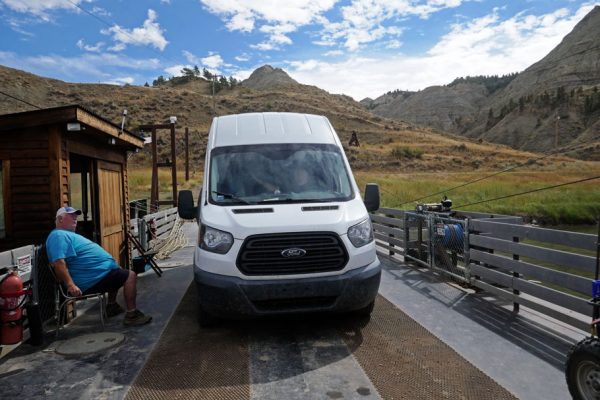
Across from the ferry operator’s house on the other side of the river was designated camping with a pit toilet but there was also plenty of monument land here for dispersed camping. We drove past the designated camping to find a spot with a view of the river.
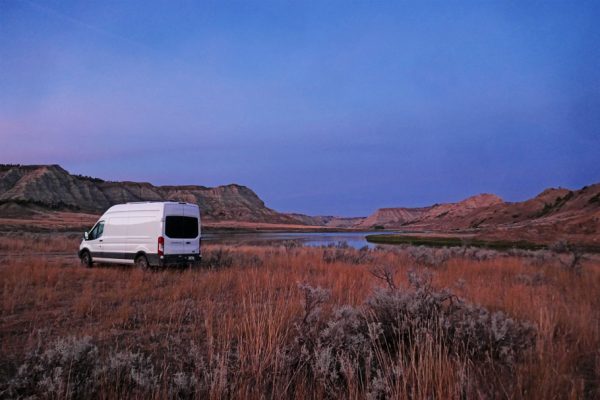
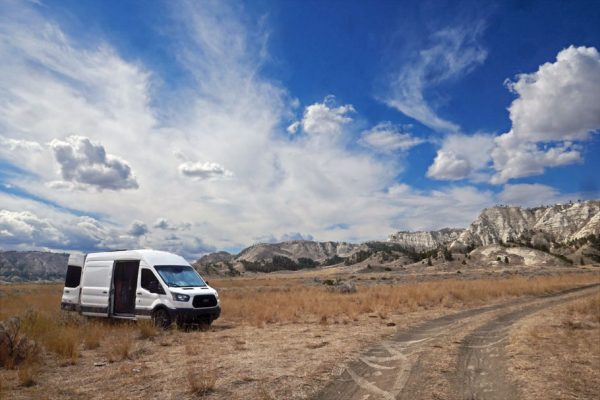
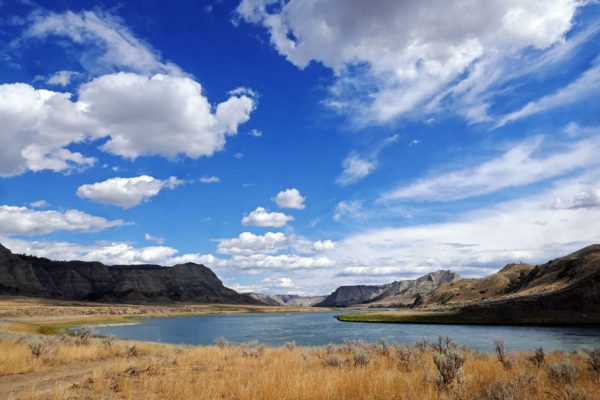
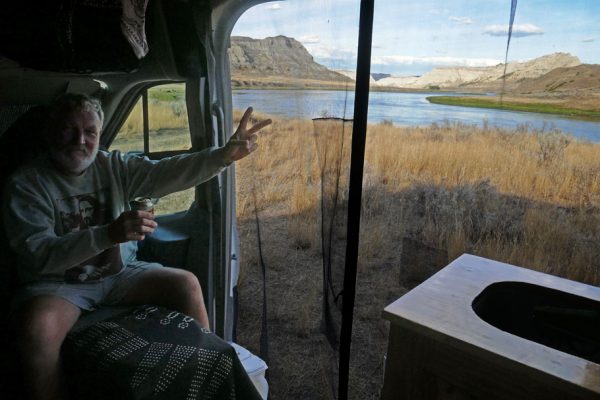
There was only one official trail we could drive to in the monument and it was here at Stafford-McClelland. Named the Old Army trail, it was originally built in 1869 by the US Army to recover cargo from a wrecked steamboat.
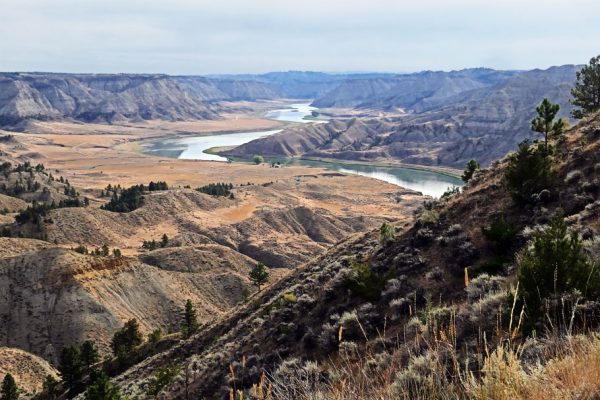
At the Stafford-McClelland Ferry, the monument widens away from the river. We could have followed the road north to explore a different part of the UMRBNM but we wanted to stay near the river.
Woodhawk Campground
From Stafford-McClelland we drove almost all the way back to Winifred to get to our next stop, Woodhawk Campground. It was down in a bit of a valley. Here is a view from the top of a hill before we made our way down to the campground.
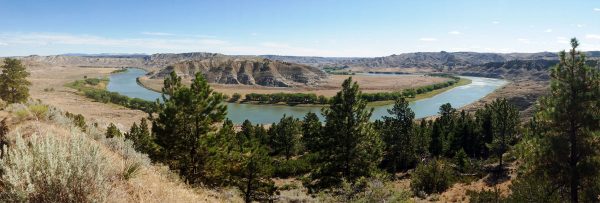
The road to the campground was a little rough and a bit windy. I wouldn’t want to attempt this drive with a rig any bigger than Ballena Blanca.

The campground was in a small grove of trees near the river. It was free and had a pit toilet.
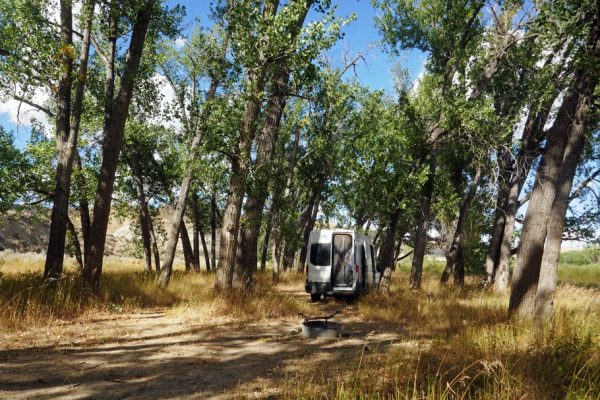
Unfortunately because of the trees and vegetation, you couldn’t see the Missouri from the camping area but there were short trails leading through the bushes to the river.
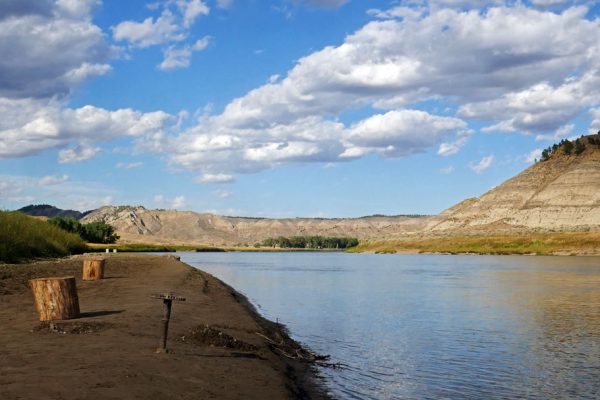
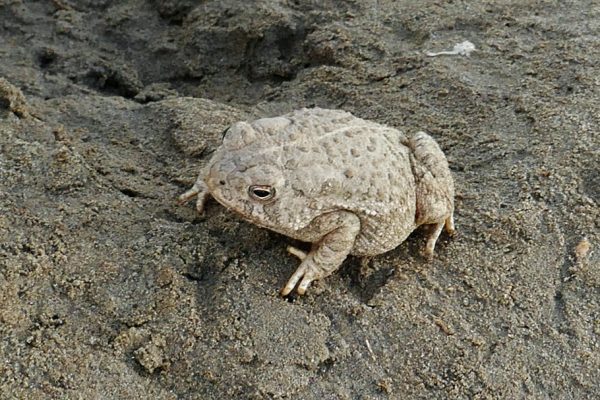

A short hike down the road about a mile from the Woodhawk Campground is sod roofed homestead. Gus “White Gus” Nelson homesteaded here from 1916 – 1939.
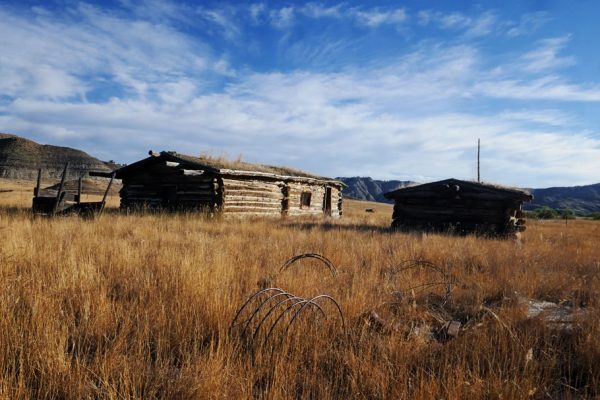
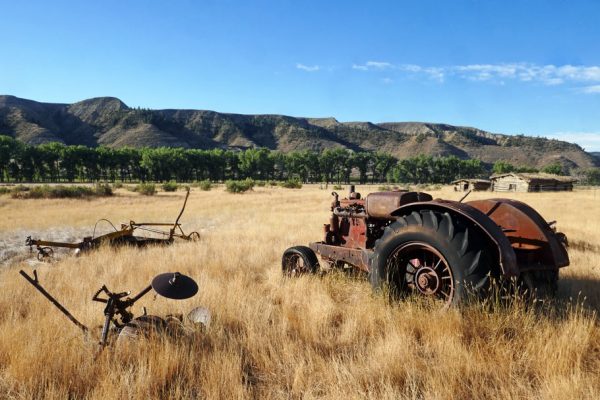
James Kipp Campground
Twice we had to drive to Winifred to get to our next campsite. After we left Woodhawk I was hoping we wouldn’t have to retrace any more territory and could experience more of the monument. During our first day at the UMRBNM I discussed with the ranger which road we could take from Woodhawk to our last campsite at James Kipp. He gave us lots of info about what roads he thought we should take and shouldn’t. He was giving us so much info I ended up not being really clear on what the best route would be. So before we left the Fort Benton area we went back to the Interpretive Center for some clarification. We found a different ranger there this time. We discussed our options and I thought we had a good understanding of what our best path would be. After a long bumpy ride from Woodhawk we found the road closed. We turned around and drove a long bumpy way back toward Winifred and then onto our last stop.
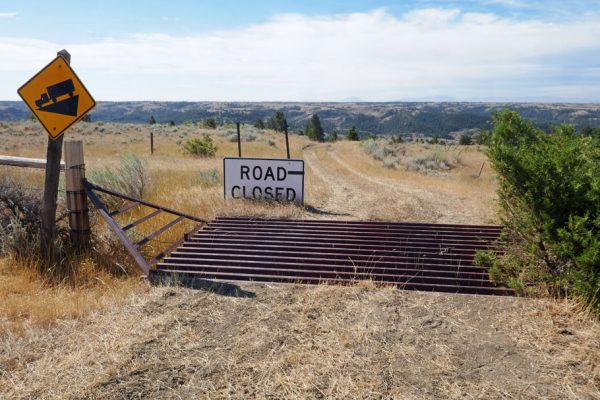
We ended our trip at James Kipp Campground. Although this campground is run by the BLM it isn’t actually in the UMRBNM. But it is the last stop on any river trip through the monument. This campground came with potable water and pit toilets. It was very accessible right off of US Highway 191. It costs $12.
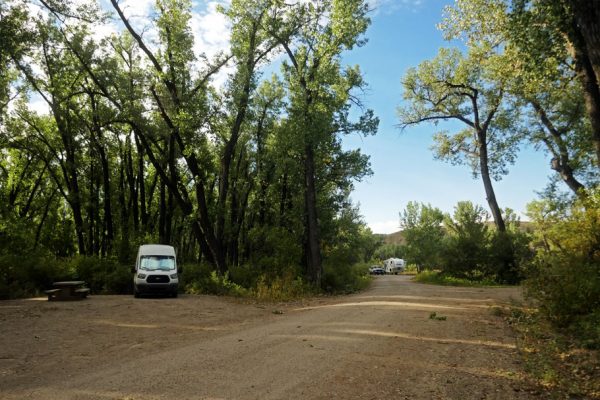
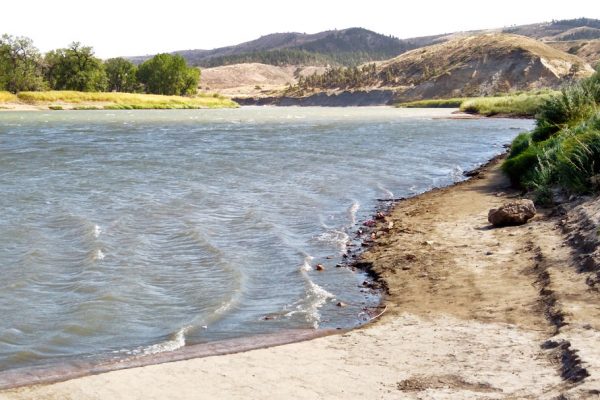
From James Kipp, we were intending to continue to follow the river east into the Charles M. Russell National Wildlife Refuge. But unfortunately, my camera broke so we decided to head back to civilization. There will be more river to explore next time.
A few notes:
* If you are interested in learning more about the vehicle ferries crossing the Missouri River, here is a good article from the Great Fall Tribune.
* Everyone we met who either had done or were doing the float trip raved about the experience. There is lots of info on the UMRBNM website about taking a trip down the river. See it here.
* If you are interested in driving the UMRBNM, I have made this map. Click the symbol in the top left corner to open the key. Click the broken square in the top right corner to open and save this map in your Google My Maps account. Be aware that roads to the Wood Bottom and Woodhawk Campgrounds do not show on Google Maps. I have marked with stars on the map where you need to turn to get to these campgrounds.
This week I will be sharing this post on My Corner of the World, Travel Tuesday, Skywatch Friday, and Sharon’s Souvenirs. Check out these links to see what other people are doing all over the world.

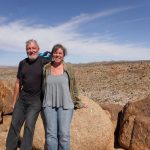


First off I want to thank you for your detailed route, guides, maps, etc. I know it’s a labor of love that you just enjoy sharing but it truly serves a useful purpose into the future because I know I will certainly be referring to your trip info next year once I get out on the road with my Jeep Wrangler and off road teardrop. Secondly; OMG! What happened to your new Sony camera? We both splurged on this semi expensive camera about the same time. I haven’t really used mine much yet but I’m very curious what could’ve broken so quickly. Doesn’t exactly inspire confidence in me. I’ll look forward to a future blog where you might let us in on what happened and what it took to fix it.
Hey Craig! I am so glad you find this information useful. I have done a couple other “Camping Guides” on the blog and they seem to be pretty popular. I look to other people’s blogs to get inspiration on new places to go. I hope I can keep posting about other cool places you may want to go to.
So sorry about the confusion about the camera. I am way behind on my regular blog posts but I keep up to date on my expense reports. I reported in my last expense report for September about getting the new camera. My old camera broke at the beginning of that month when we were leaving the Breaks which is why I ended up getting the new camera.
I am still really happy with the Sony. The next post will be all pictures I have taken with the new camera.
A nice long trip with lots of interesting stops along the way. The photos are great. Glad you enjoyed it.
Thanks Yvonne! I was interesting!
Beautiful Big Sky captures and wonderful adventure! I’ve never been to this part of the country, but going to bookmark your post in case I have a chance to visit.
For some reason some places seem to have better skies than others. I think the best sunsets are over the water but we had a few good ones on this trip. I’m glad you enjoyed the trip. I need to catch up on whats happening in Southern California and find some cool new places to visit!
What a lovely trip. Someday…
Thank you. Someday will be here before you know it!
I love all your photos. So many beautiful places to see.
Thank you! The beauty is so unexpected and overwhelming sometimes.
A very informative post, Duwan! The photos are fabulous!
I’ve really enjoyed this fascinating trip with you!
Thank you, Veronica! I’m glad you are following along.
That was an interesting trip. I like little historic places but also prefer some pretty scenery along the way. So, next time, maybe plan to rent a boat?
It’s great to see your link at ‘My Corner of the World’ this week !!
We have definitely thought about renting a canoe next time. There is so much we missed. We will see. Thanks again for hosting MCOTW!
Another fantastic guide, Duwan! And, you found a “horseshoe bend” as well! It must have been fabulous to see and peruse that huge map of the monument that spanned the length of one wall. The monument looks very scenic and your campsites special and quiet. We’ve been staying on parking lots quite a few nights so far. Boondocking in nature beats those 100 fold! But, the east coast ain’t a desert Southwest when it comes to camping. Or scenery. 🙂
We keep finding horseshoe bends and I keep wondering why anyone would pay $10 to see one (we were just in Page again and once again drive right by horseshoe bend).
Being out in the wild is special but it is so nice to have a nice paved parking lot in civilization sometimes too.
I agree, says she who is now spending the third night in a row on a Walmart parking lot.. 🙂
I don’t watch PBS anymore, I just read your blogs.
And you don’t have to sit through any find drives here.